
Oracle database with embedded OPC UA
The OPC Unified Architecture (OPC UA) seeks to take what was learned over the first 10-15 years of OPC and remove duplication in code and interfaces that were obstacles to adopting multiple parts of the standard, and expand the uses of OPC into other applications.

OPC UA PubSub Explained
Wondering if OPC is a client/server technology? It is. One application acts as the server providing data, and the other as a client using data. OPC is an industrial communication standard that enables data exchange between multi-vendor devices and control applications without proprietary restrictions. What are the benefits of OPC adoption?
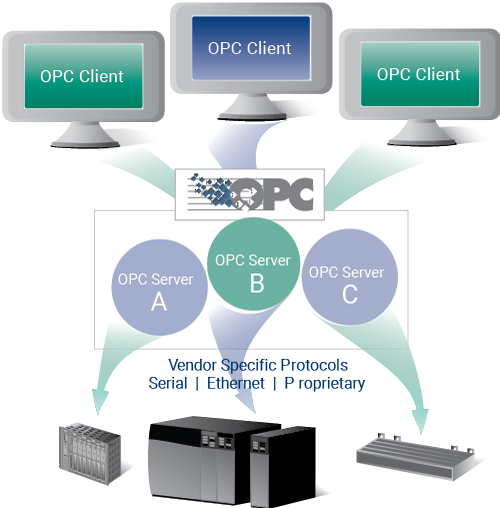
Interoperability with OPC Compliant Client and Server Applications
Client/Server describes the relationship between two computer applications in which one application, the OPC client, makes a service request from another application, the OPC Server, which fulfills the request.
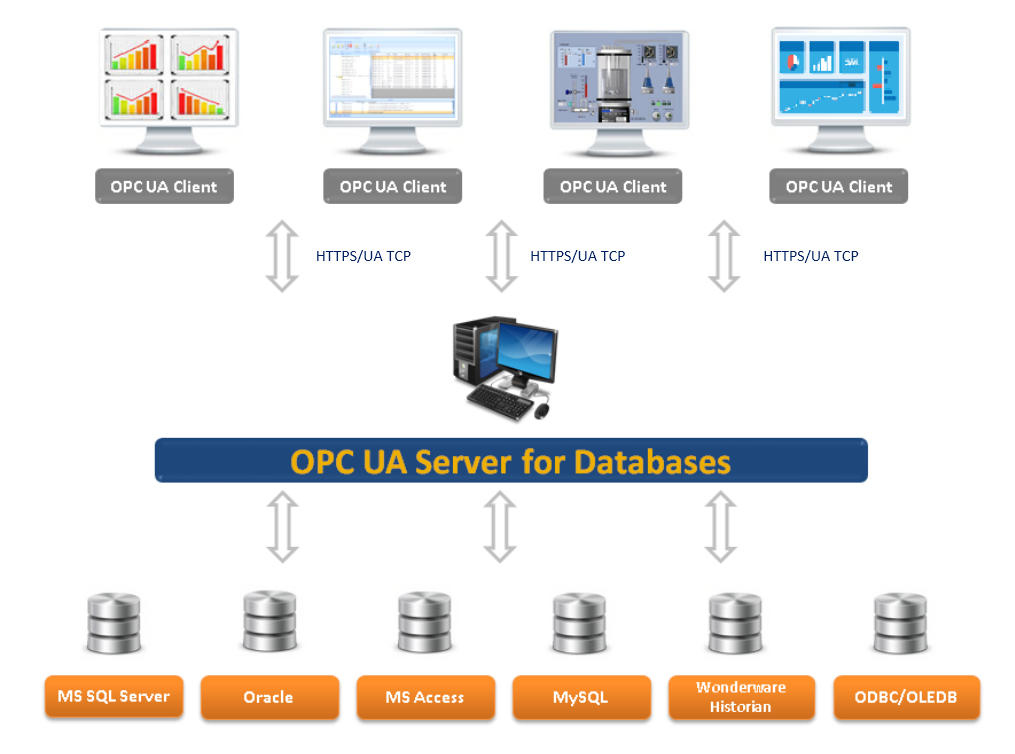
OPC UA Server for Databases Integrate OPC UA & standard databases!
The main factor for a new OPC architecture is the cancellation of the component port by Microsoft. The previous binding of OPC to COM/DCOM has been replaced by a unique communication stack. Refer to the supported OPC UA profiles chapter to find out which functionality is supported by the WinCC OA OPC UA client and server. Advantages of OPC UA
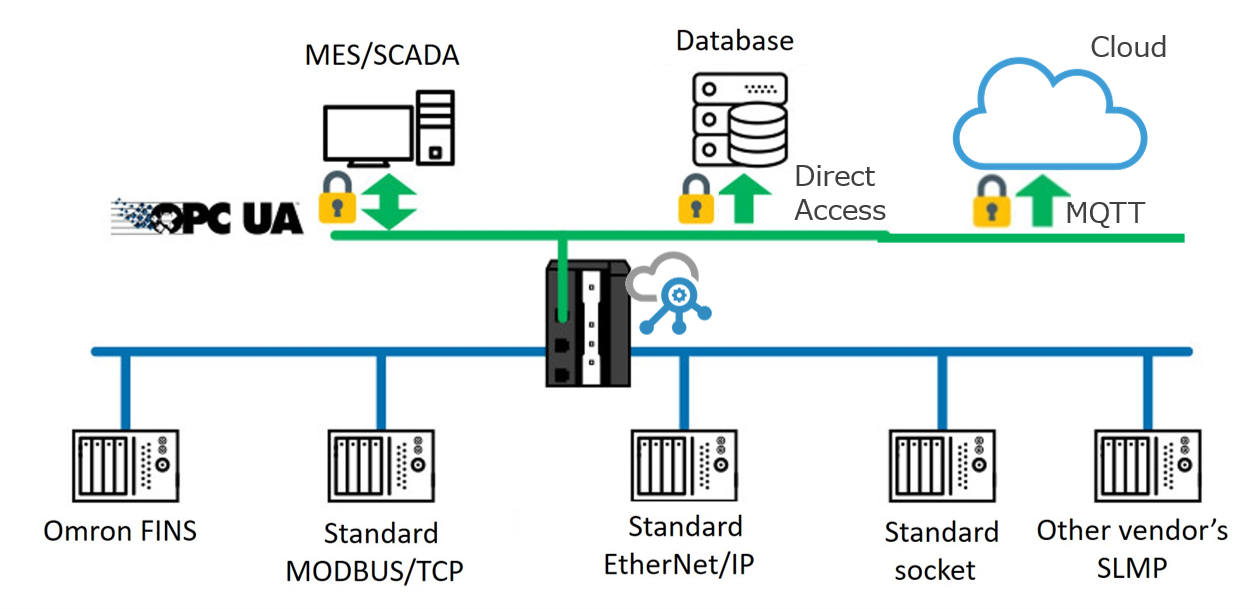
Connecting PLCs to Various Software Packages with OPC UA OPC Connect
OPC Unified Architecture (UA) is a platform-independent, service-oriented protocol design that integrates all the functionality of the individual OPC Classic specifications into one extensible specification framework. This approach accomplishes functional equivalence to OPC Classic, with all COM OPC Classic specifications mapped to UA.

OPC UA Yokogawa Europe
OPC Client/Server Architecture. The following diagram illustrates the client / server architecture defined by the OPC specification. Multiple OPC compliant client applications can communicate with an OPC server simultaneously. DCOM, client and server software programs can be configured to run on the same computer node or be distributed across a.

OPC Server & Client Data Communications Introduction and Overview (Kepware, KEPServerEX) YouTube
The OPC UA architecture models the endpoint of client/server interactions. Figure 4 illustrates the major elements of the and how they relate to each other. Figure 4- OPC UA Server architecture Real objects are physical or software objects that are accessible by the application or that it maintains internally.
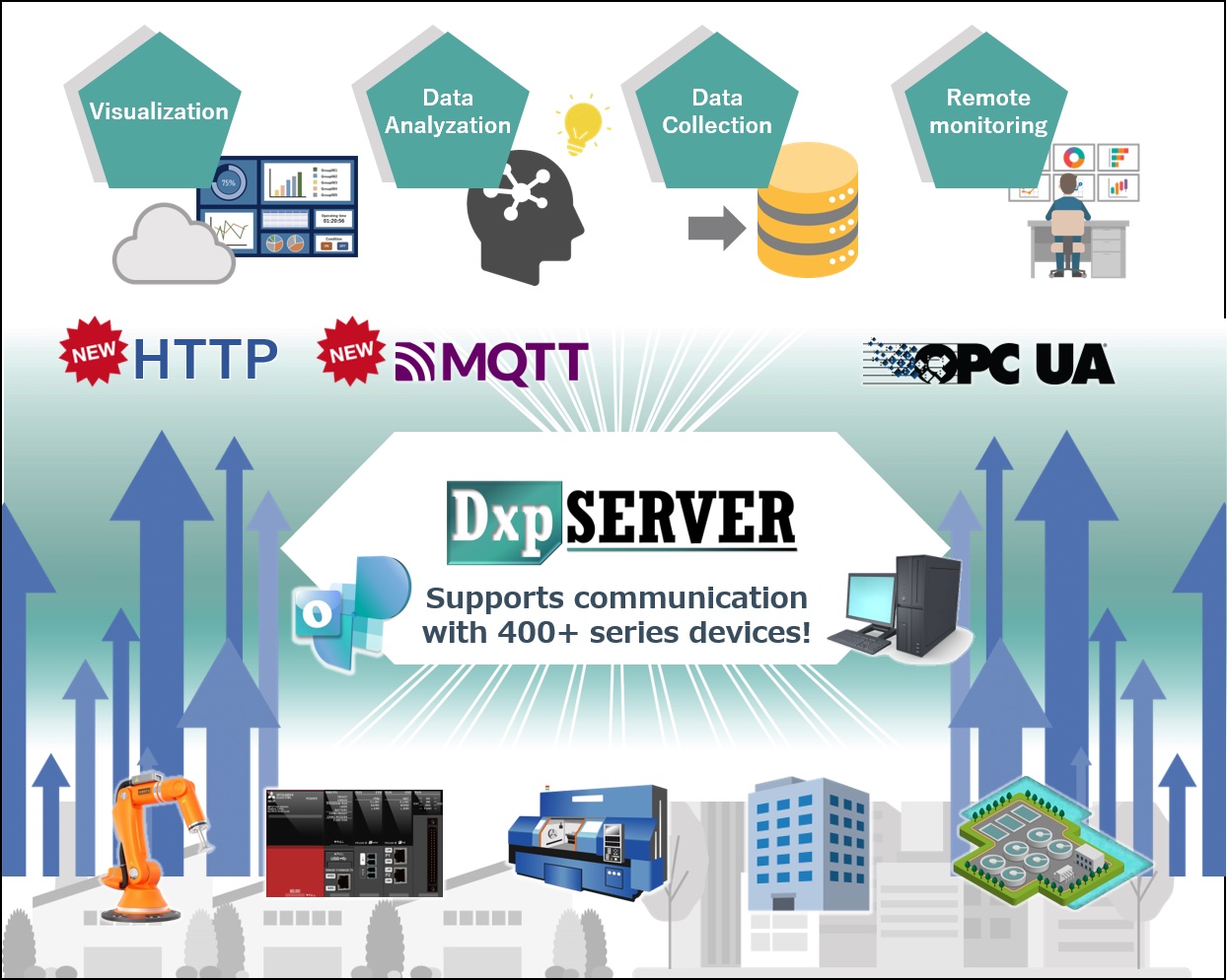
New DeviceXPlorer OPC Server as DX Platform for Smart Factory OPC Connect
OPC Client/Server Architecture The following diagram illustrates the client / server architecture defined by the OPC specification. Multiple OPC compliant client applications can communicate with an OPC server simultaneously.

What is OPC UA and How it Works? [1 of 11] Industry40.tv
An OPC Architecture refers to a communications infrastructure that includes one or more OPC clients and OPC Servers communicating amongst each other. To keep OPC Client/OPC Server architecture diagrams easy to read it is conventional to draw data-flow diagrams with data flowing up from data sources at the bottom to data sinks at the top.

What is OPC? Open Platform Communication Architecture & Benefits
OPC is a communication technology with a client and server architecture. One application act as a server providing data while the other acts as a client reading or manipulating it. OPC is by far the industry standard communication technology.
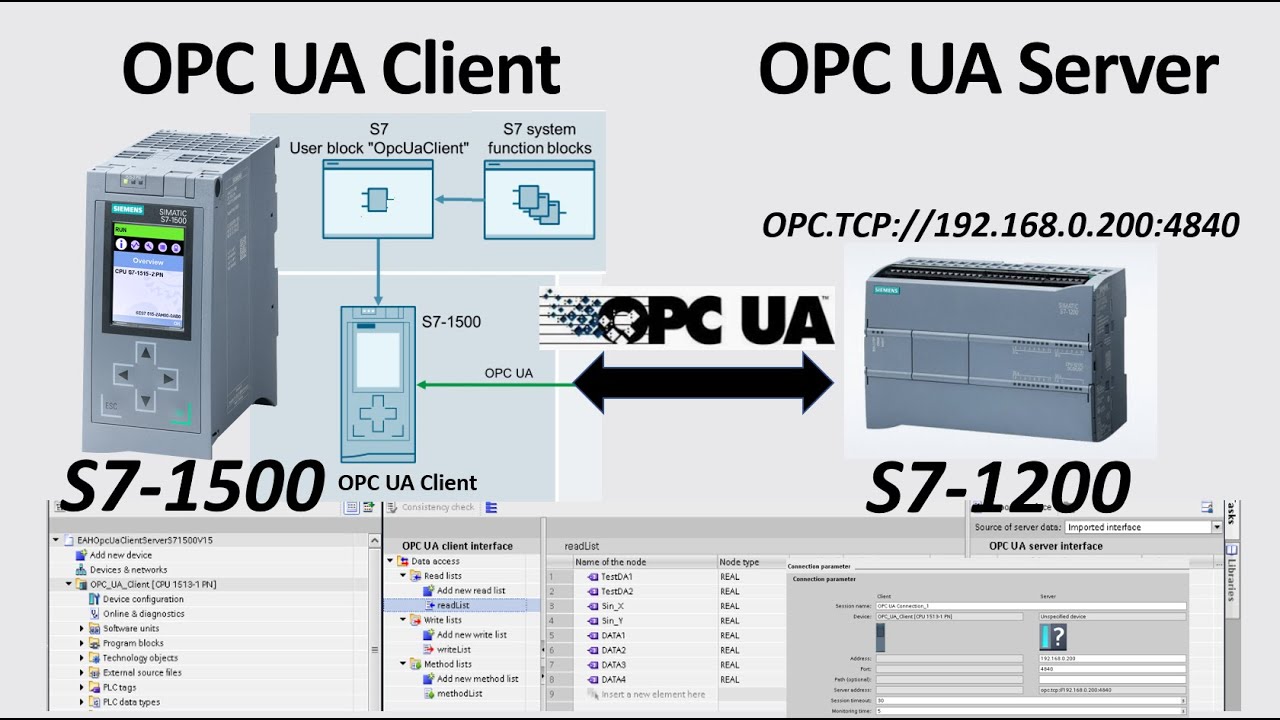
SIMATIC OPC UA (Unified Architecture) S71200/S71500
Open Platform Communications ( OPC) is a series of standards and specifications for industrial telecommunication. They are based on Object Linking and Embedding (OLE) for process control . An industrial automation task force developed the original standard in 1996 under the name OLE for Process Control.
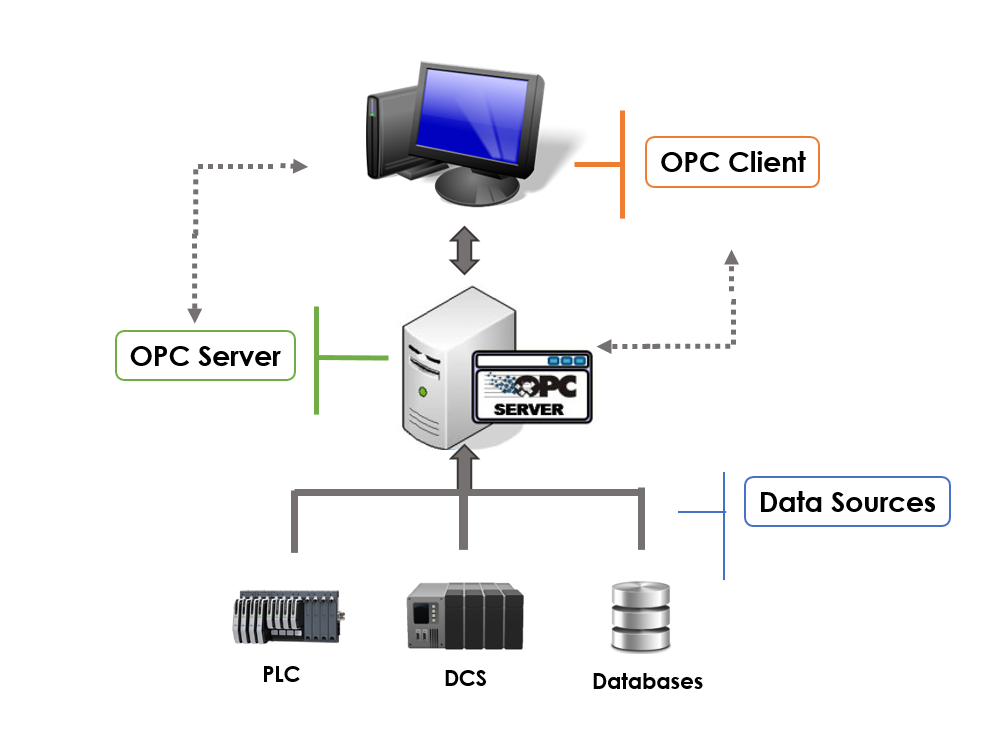
What is OPC? Learn about the most used technology in automation
The Client Application is the code that implements the function of the Client. It uses the Client API to send and receive OPC UA Service requests and responses to the Server. The Services defined for OPC UA are described in 7, and specified in OPC 10000-4.

Manage OPC Client Channels
Client/Server architecture, in which the Client initiates the data request and the Server responds and delivers, possibly over a secure channel, and out of the box, as shown in Fig. 1. This overall was the basis for PLCopen to use the OPC UA technology to harmonize the communication in industrial

OPC UA server/client architecture. Download Scientific Diagram
CSense 2023: Configuring OPC DCOM OPC Classic Client/Server Architecture OPC Classic Client/Server Architecture The following diagram illustrates the client / server architecture defined by the OPC Classic specification: Note the following: Multiple OPC Classic compliant client applications can communicate with an OPC Classic server simultaneously.

Introduction to OPC and OPC Architecture Industrial Networking Industrial Automation, PLC
The OPC Unified Architecture (UA), released in 2008, is a platform independent service-oriented architecture that integrates all the functionality of the individual OPC Classic specifications into one extensible framework. This multi-layered approach accomplishes the original design specification goals of:
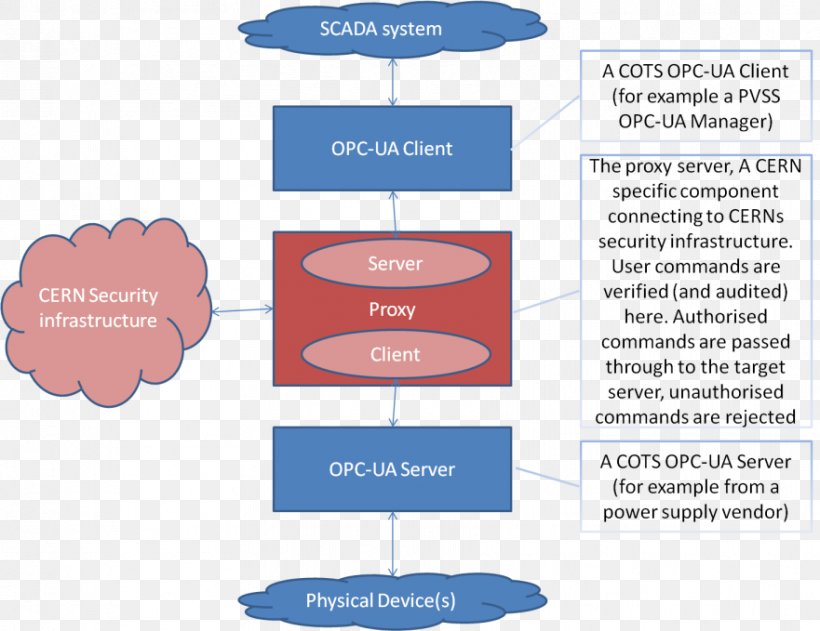
OPC Unified Architecture Open Platform Communications Computer Servers Clientserver Model X.509
OPC UA FLC system architecture (click to enlarge). Image used courtesy of OPC Foundation . The OPC UA framework supports the client/server services and protocols and publish/subscribe (PubSub) models and protocols. OPC UA can run on a dedicated client and server relationship.